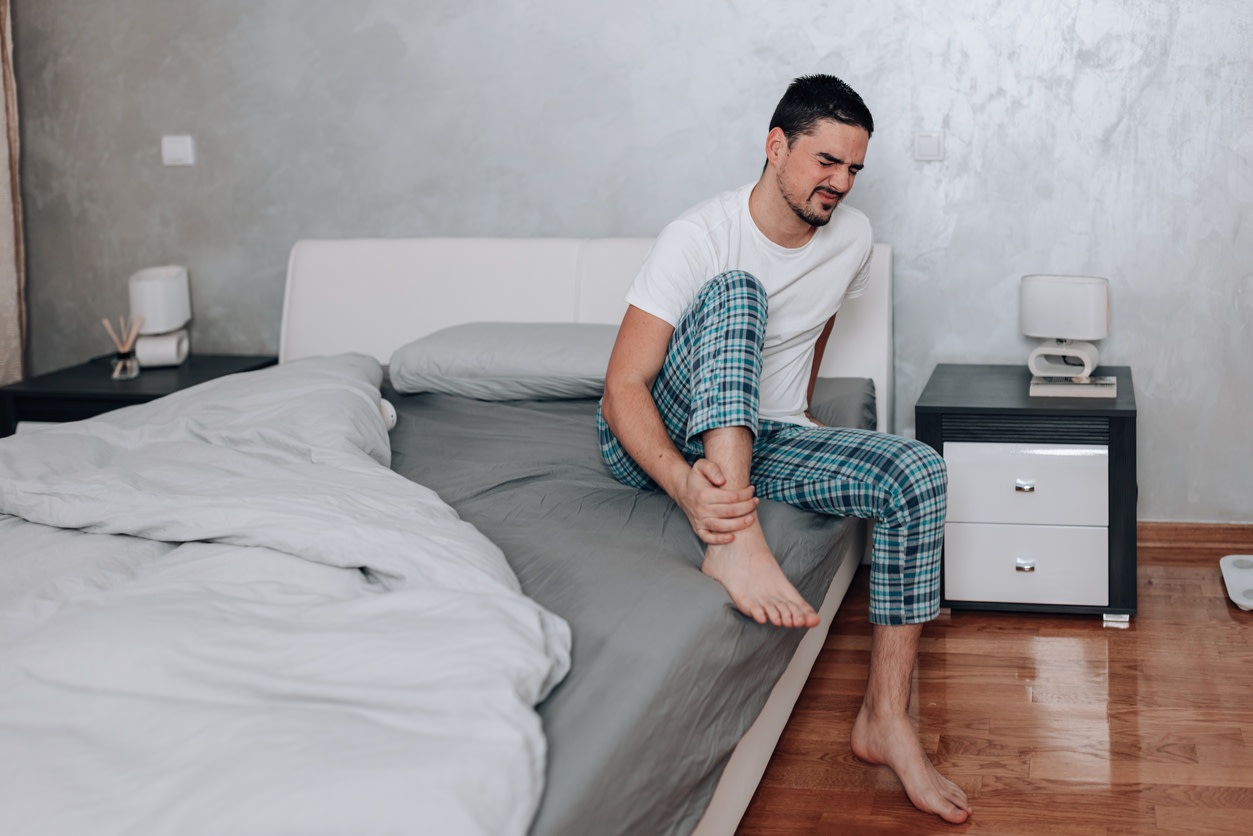Ankle Pain at Night: How to Ease Discomfort and Sleep Better
Is ankle pain making it hard to get a good night’s rest? Learn why you might have ankle pain at night, plus tips and exercises to help relieve it.
0 $ pour vous
Dernière mise à jour : Sep 1, 2025
Table des matières
Fully covered foot or ankle pain relief
Find relief from foot pain, ankle pain, plantar fasciitis, & more.
Check if I'm eligibleStretches for Ankle Pain Relief at Night
Want expert care? Check if you're covered for our free program →- Ankle Pumps
- Standing Calf Stretch
- Seated Plantar Fascia Stretch
- Lower Body Nerve Glides
Exercises to Prevent Nighttime Ankle Pain
Want expert care? Check if you're covered for our free program →- Deficit Calf Raises
- Single Leg Balance
- Tib Raises
